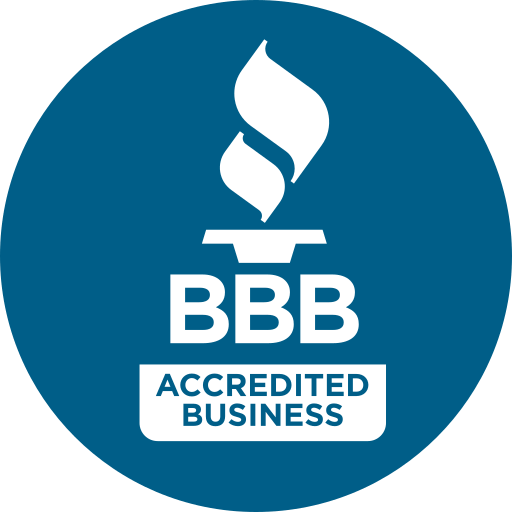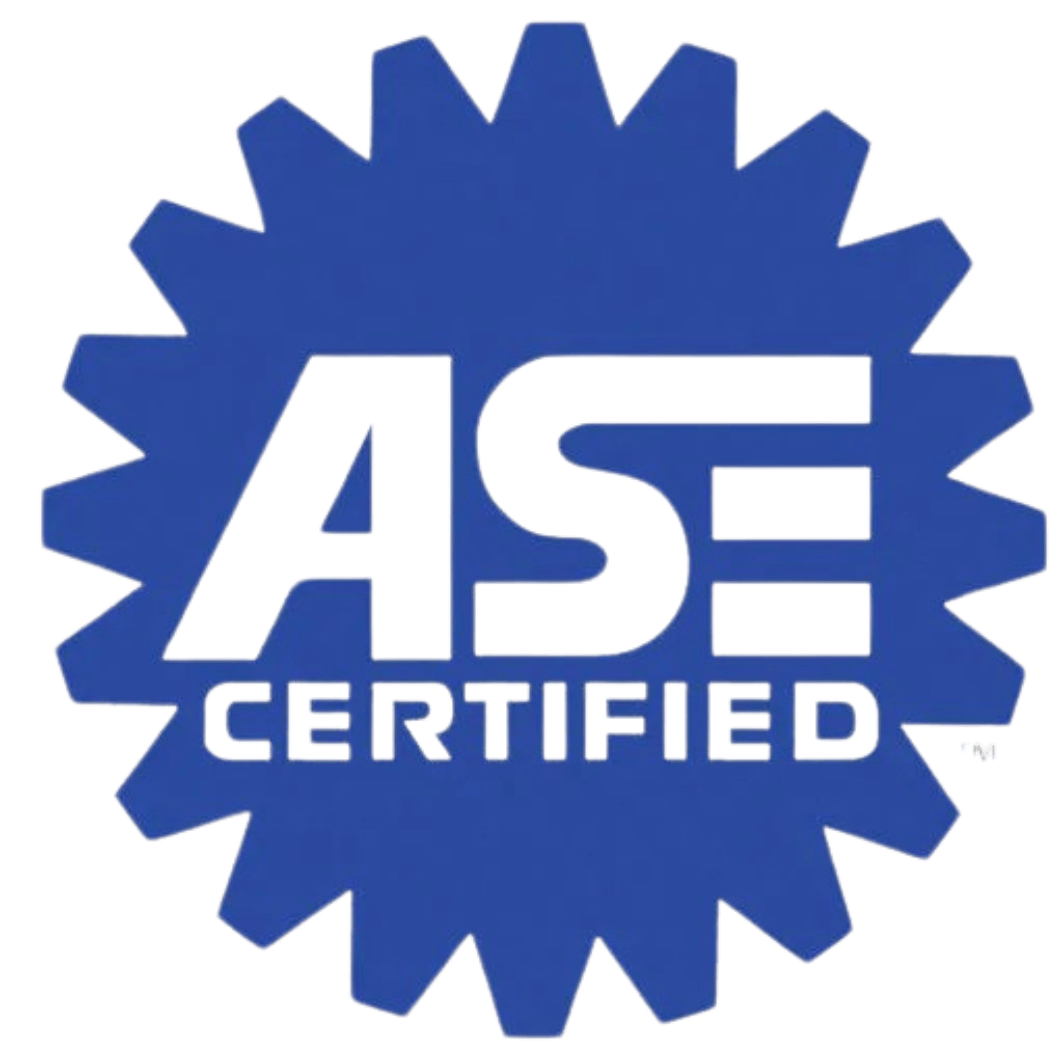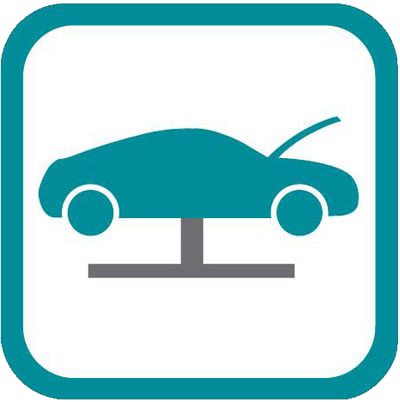Best Type of Oil for Your Car? Synthetic Oil or Conventional Oil?
No doubt at some point in time you may have heard the ongoing debate about which type of motor oil is best for your motor…
Tips for Choosing an Auto Repair Shop
Tips for Choosing an Auto Repair Shop Don’t wait for a breakdown. Here is how to find a mechanic you can trust before you have an emergency. Do Your Detective Work Early Finding an auto repair shop is easy; finding a good one takes a little more effort. The worst time to look for a […]
Car Engine Maintenance Tips
Tips for Car Engine Maintenance The engine is the heart of your vehicle. Keep it beating strong with these essential care tips. Don’t Ignore the Basics A car engine is a complex machine made of hundreds of high-temperature moving parts. While modern engines are built to be tough, they still require regular attention to perform […]
How to Change a Tire
It is likely at some point in your life you will get a flat tire. Do you know what to do without having to…
Fixing Your Old Car vs. Buying a New One
Ownership Guide · Updated 2025 Wondering if it’s smarter to keep your current car on the road or start fresh? Use the simple rule-of-thumb below, see real cost factors, and learn when it’s time to replace. Reviewed: Oct 29, 2025 · Read time: 6-8 minutes Quick navigation The quick rule-of-thumb Repair vs. replace: at a […]
Easy Transmission Maintenance
Easy Transmission Maintenance: Protect Your Car’s Core Transmission repair is one of the most costly services—but simple preventative steps can save you time and money. Why Transmission Maintenance Matters The transmission is the crucial component that allows your vehicle to move and shift gears smoothly. When it fails, you face significant time off the road […]
To Change My Oil or Not?
Regular oil changes will save you money in the long run! Most car manufacturers now recommend oil changes between 7,500 and 10,000 miles, although some…
Expert Brake Service
Being able to stop quickly and smoothly is essential in a car. Quality brakes that function in top condition are fundamental to a driver’s safety…
Your Teen Behind the Wheel

Your Teen Behind the Wheel Handing over the keys is a major milestone. Here is how to ensure your new driver stays safe on the road. More Than Just Driving Lessons Watching your teenager get behind the wheel is a mix of pride and anxiety. While driver’s education teaches them the rules of the road, […]
Why Are Oil Changes Important?
Why Are Oil Changes Important? The single most critical maintenance task for protecting your engine’s longevity. The Lifeblood of Your Vehicle It’s easy to delay an oil change when life gets busy, but motor oil is arguably the most essential fluid in your vehicle. It serves three primary functions that keep your engine running smoothly: […]


